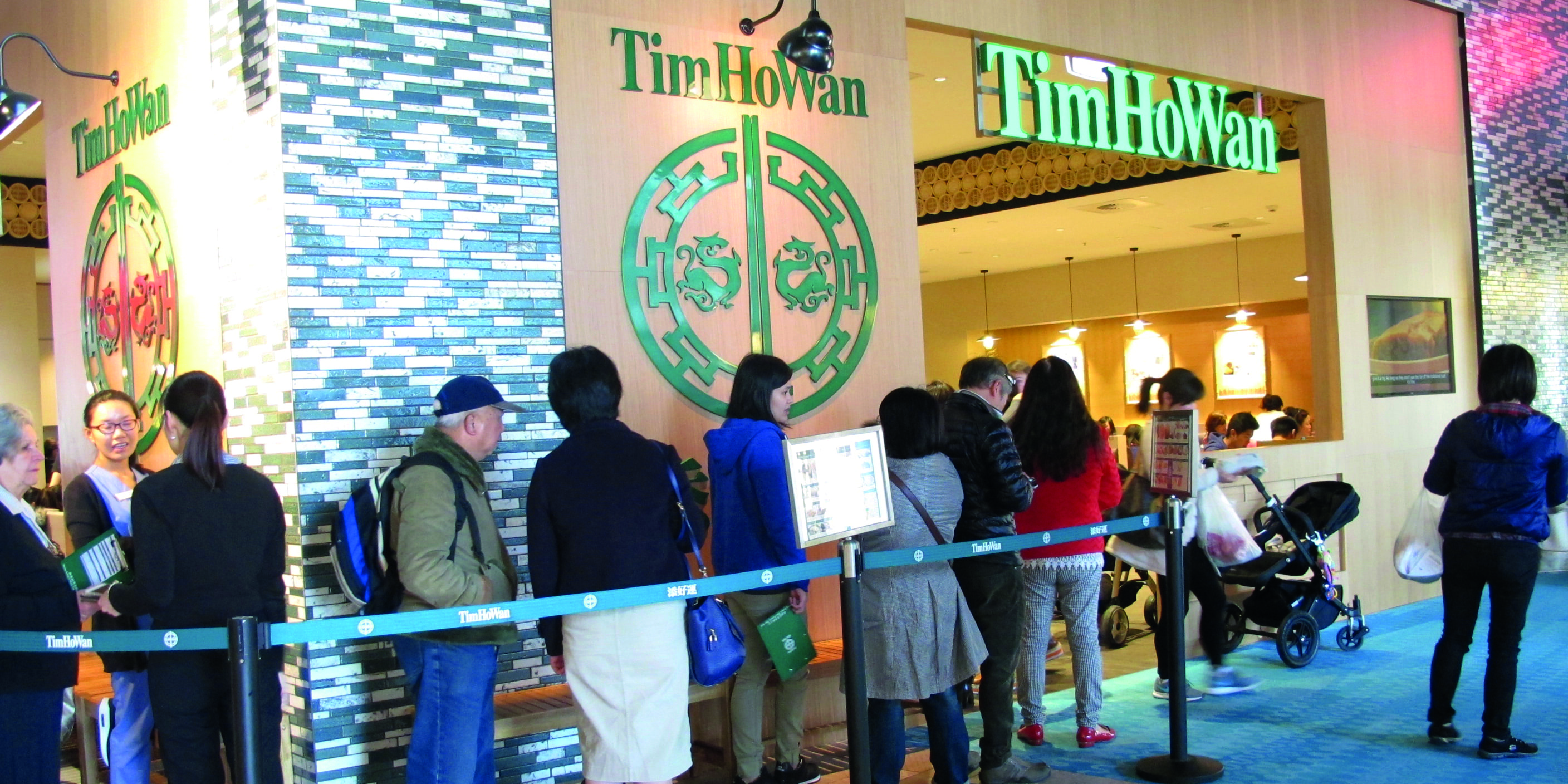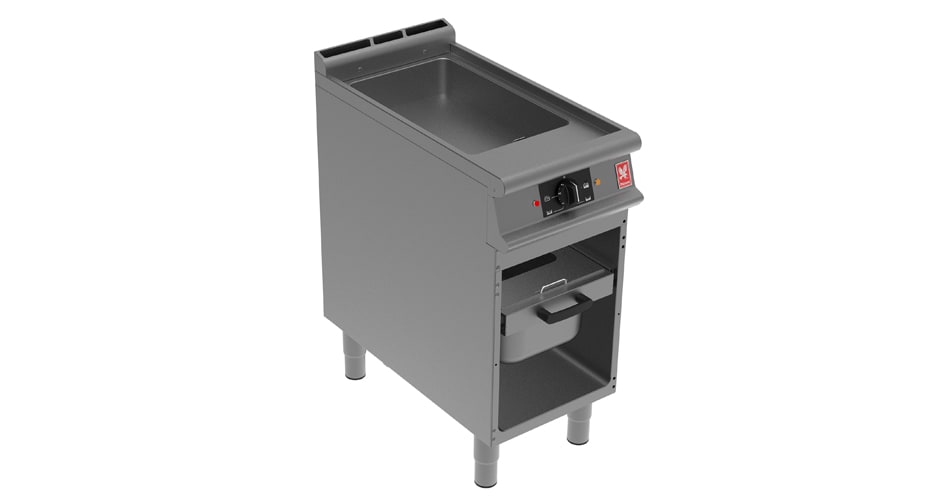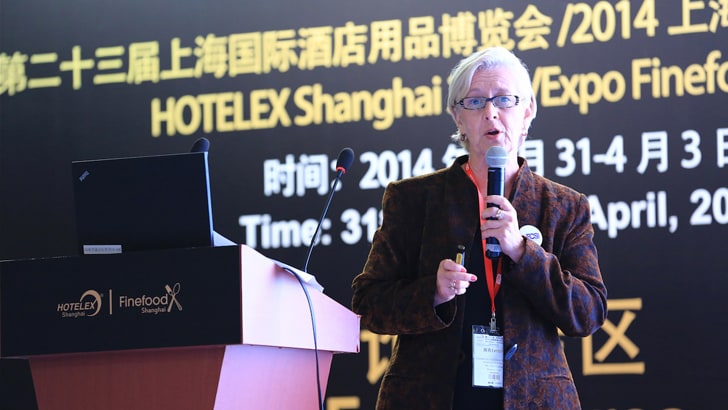
Since the first Tim Ho Wan opened in Hong Kong in 2009, its creator, former Four Seasons chef Mak Kwai Pui has enjoyed enviable success. After receiving a coveted Michelin star after only a year in business for its affordable, quality dim sum, his chain now boasts 19 outlets spread across Hong Kong, Singapore, Taiwan, the Philippines, Malaysia, Indonesia and Australia, all of them with queues stretching out of the door. But success hasn’t gone to the softly-spoken dim sum master’s head; rather, he continues to stick to his principles, with his main aim being to simply bring his fresh, made-to-order dim sum – renowned as the cheapest Michelin-starred food in the world – to as many regions as he realistically can.
The latest territory the intrepid chef is hoping to conquer, and the first country outside South East Asia to house a Tim Ho Wan outpost, is Australia, where Mak’s first restaurant opened in March above Chatswood train station in Sydney. Three more – Melbourne’s Chinatown and Sydney’s Westfield Burwood and CBD (Central Business District) – are set to follow this year.
Chatswood, which serves a menu of 25 made-to-order items ranging in price from AU$5.50 to AU$8.80 and including Tim Ho Wan’s four most popular dim sum dishes the “Big Four Heavenly Kings”, has been packed constantly since it opened its doors on 28 March, popularity that didn’t entirely come as a surprise to the chain’s founder.
“I’ve been operating in Hong Kong for six years, and the first media report about my restaurant and one of my first fans was from Australia, so I thought they would appreciate Tim Ho Wan,” he explains. “Also, in the 1980s and 1990s, many Chinese dim sum chefs emigrated to Australia and opened restaurants there, so the Australians are actually pretty familiar with traditional dim sum.”
What Mak hopes to do, on top of meeting and exceeding the demands of the already-honed tastebuds of his Australian customers, is introduce them to some new ideas. “Things have changed in the past 20 years, even in Hong Kong – now there are different ways of doing things,” he notes, adding that he’s also been talking to local chefs in Australia during the past two years to find out about the tastes and palates of his new market.
With this in mind, the new Australian outposts of Tim Ho Wan will, on top of the core menu of traditional dim sum items, include dishes that incorporate local produce, tastes and specialties. “They have lots of seafood in Australia, so we have incorporated this onto the menu,” he notes. The restaurant’s seafood dishes include perfectly-pleated prawn dumplings and beancurd skin with pork and shrimp.
Creativity vs consistency
Yet Mak never strays far from the tried-and-tested formula that has brought him so much success across South East Asia – traditional dim sum dishes, prepared and cooked well. “I basically provide traditional dim sum items but with improved quality and content,” he says. For example, instead of simply including chicken and shrimp in an egg roll, he might add egg white and vegetables to improve the dish’s taste and texture. Moreover, each menu item is prepared fresh to order, and every member of Mak’s team of highly-trained chefs is required to consistently use the same high-quality ingredients as their colleagues, no matter in what country their restaurant is located.
“In every restaurant, before start-up, I go and investigate the ingredients and the market and what’s available for us to use,” the chef says. “The food at every restaurant must have the same quality taste, so I’m very strict about my recipes. Chefs need to follow the recipes and use the same quality ingredients – or something very close. I will even go and find the local chicken and pork and taste these to check that they will achieve the results I want. I’m not worried about the chefs as they are all trained to a high level and are very skilled; it’s the ingredients that are key.”
These standards and the commitment to consistency means the scope for creativity for any Tim Ho Wan chef comes purely through incorporating a few local twists into the menu.
“I want to make sure all the products are consistent throughout my stores,” Mak emphasises. “However, there is a bit of room for localised menu items.”
For instance, in Taiwan, Mak has worked with the restaurant’s chef to come up with a few items that incorporate fresh bamboo shoots, a local speciality. “Everyone has to work as a team to test the items and do all the checks to make sure something’s tasty and acceptable. Only then can a new item be put on the menu,” he explains.
This thoroughness – on and off the menu – is something that’s been key for the Michelin-starred chef ever since he branched out on his own after a stint at Lung King Heen, the prestigious Cantonese restaurant in Hong Kong’s Four Seasons hotel.
“At the beginning, I used consultants to help me design the workflow and layout of the kitchen, as well as helping with equipment choices and deciding where to place the equipment,” he recalls. “When you build a kitchen, the design is a very important piece of work because if it’s not right from the beginning, you’ll only have trouble in the end. Actually, it’s partly the life and death of your restaurant!”
And so is the skill needed to use a traditional Chinese wok: “This is the one piece of equipment I couldn’t live without,” he grins. “It’s a great skill to know how to use it, as you need to know how to control the time and the temperature. I use it to teach my trainees the techniques of Chinese cooking. It’s very representative of that style of food.”
So what’s next for the chef who humbly says he only got into cooking because he had no choice (“My whole family are cooks; I just kind of followed the family tradition.”) but has worked his way up the culinary ladder? “My next move is toward the US, and then to Europe; I really want to spread the traditional Cantonese dim sum culture all around the world, except maybe to the North and South Poles.”
Elly Earls


